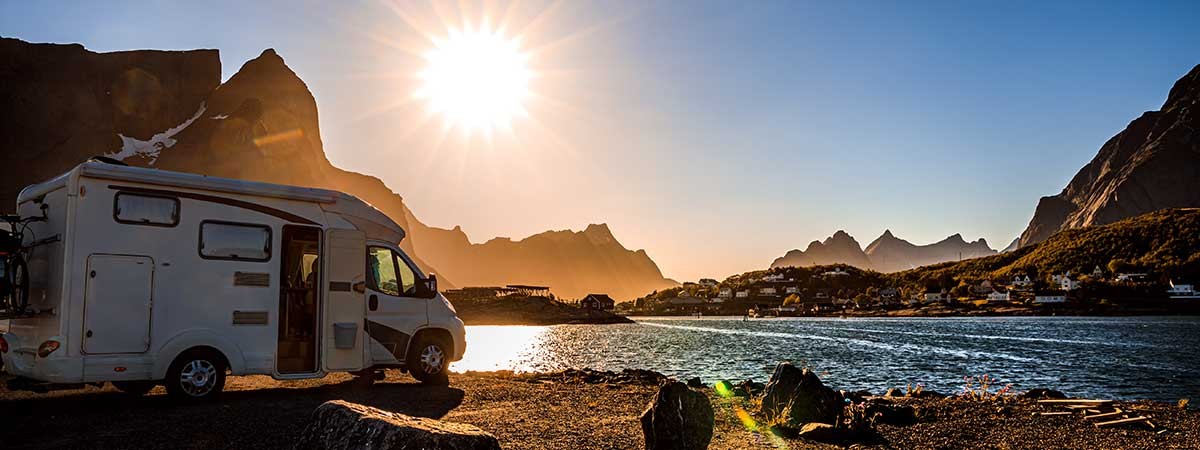If you ask people taking their holiday in a motor home or caravan about their preferences, you always get the same answers. They love the feeling of independence, flexibility and self-determination that a rolling home gives them. In Europe, completely different destinations can sometimes be reached within hours, and it's not even a problem if it takes a little longer. It is possible to spend the night on the road at any time and almost anywhere. After arriving at your destination, all you have to do is find a parking space, and if you don't like it there, just keep driving.
Major trend
The rolling holiday home, whether as a motor home with its own drive unit or as a caravan for towing, is in vogue. Manufacturers have been recording rapidly growing sales for years: In Germany, the number of registered motor homes rose by 100,000 to around 450,000 between 2013 and 2017. New records were achieved in 2018 and 2019. The manufacturers' association CIVD reports "serious production bottlenecks" and "empty used car markets".The manufacturing companies are growing and production is increasingly automated. The interior design of mobile homes is very similar to the construction of system furniture. The essential basic material – chipboard and veneer – is also the same.
Table with suction device
In the production of wooden parts, elements such as kitchen blocks, seating groups and built-in cupboards are made out of this material. CNC routers are used for cutting and milling the panels. Several such machines usually work together in a logistics chain for different work steps. The panel material is transported on belts to the clamping table of the processing machine, which has the size of the veneer panels to be processed.The table is provided with small holes through which air is sucked out. The resulting vacuum holds the panel firmly in the processing position. It is now "stretched" on the table. Vacuum pumps are responsible for suction and can be integrated directly into the CNC centers. In mass production, however, numerous such machines are in operation. For this reason, manufacturers usually rely on a central vacuum supply, which ensures efficient and reliable operation. The noise of the vacuum pumps does not pollute the working environment; their waste heat can be efficiently recovered in the central vacuum system. Busch has many years of experience in building central vacuum systems and offers numerous suitable solutions.
